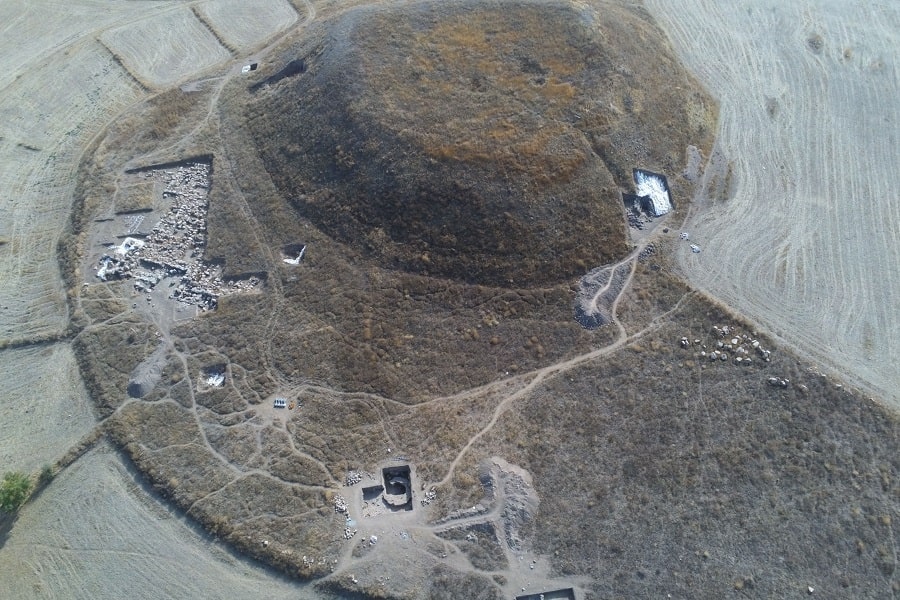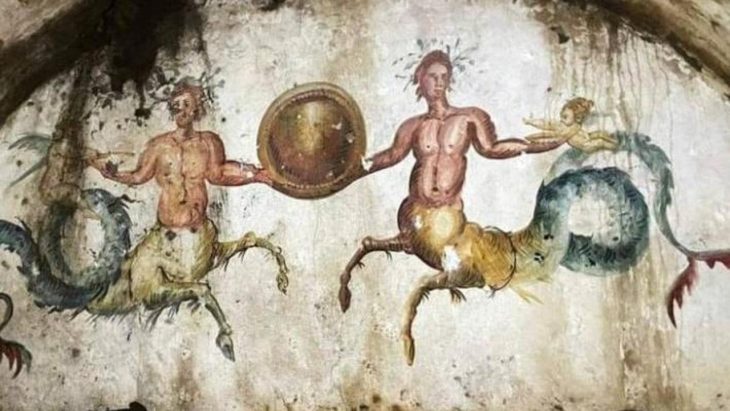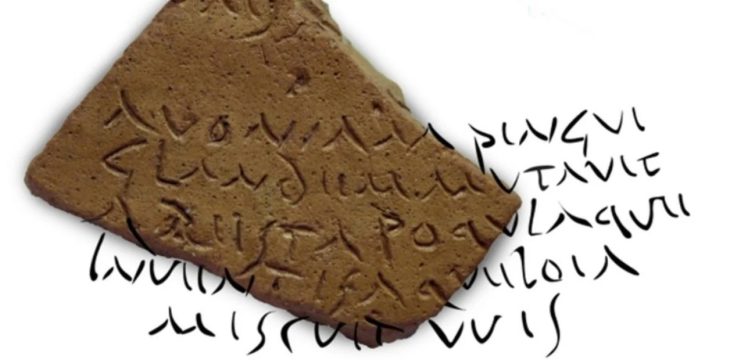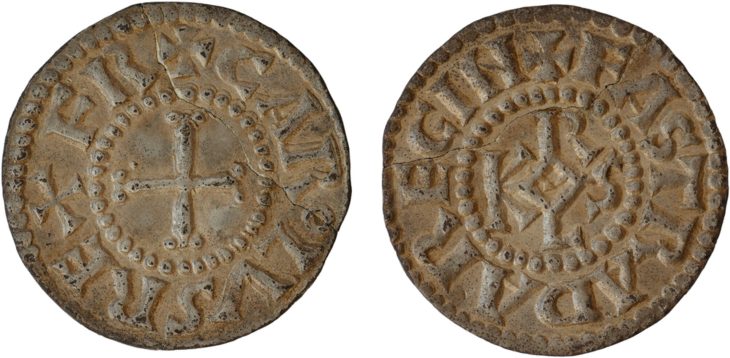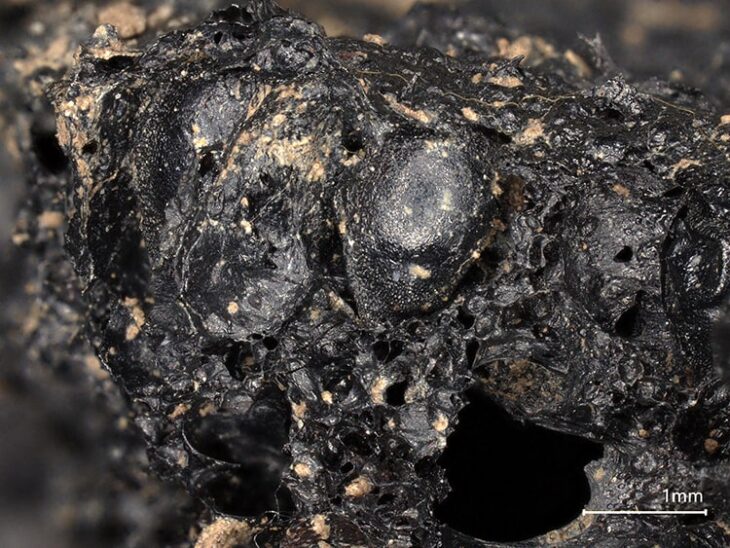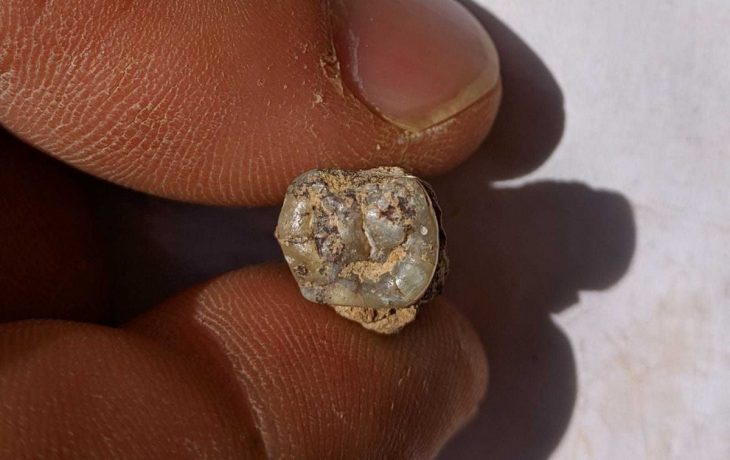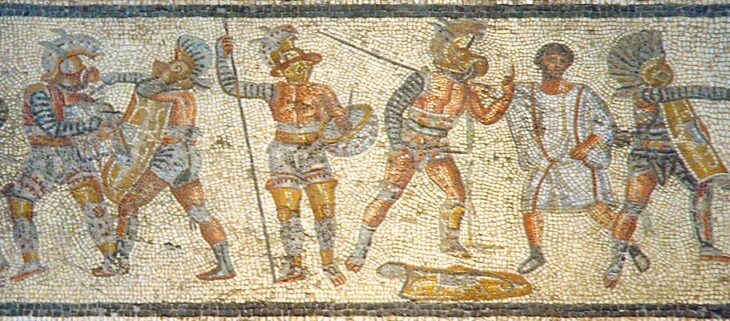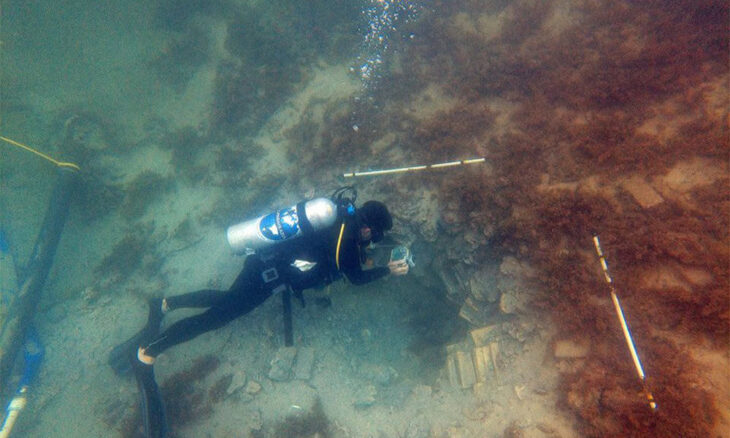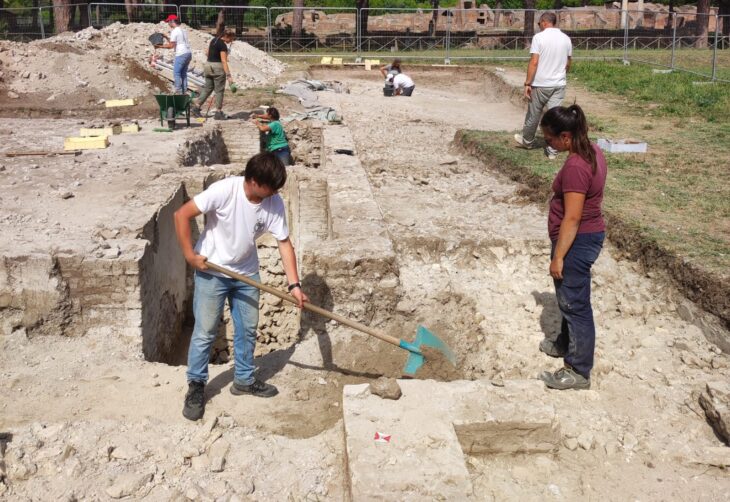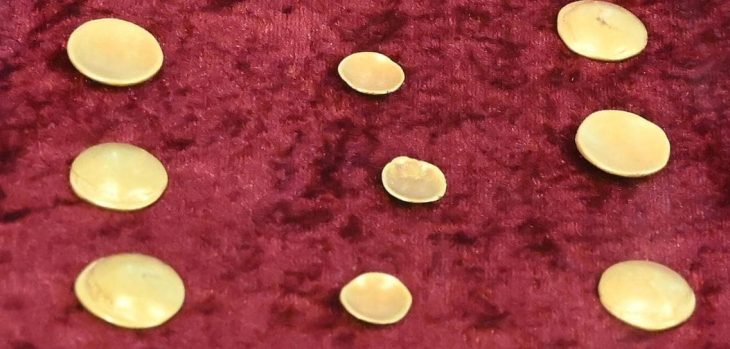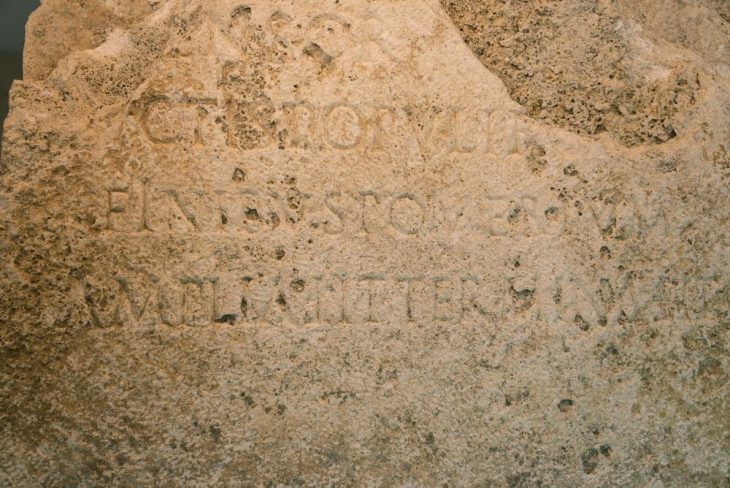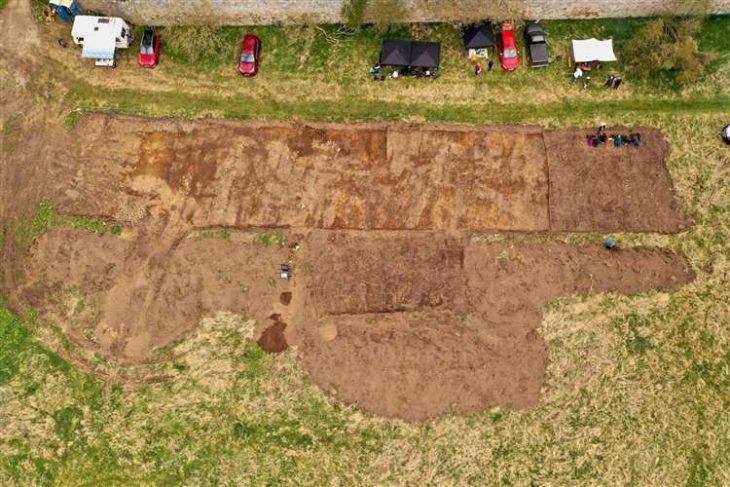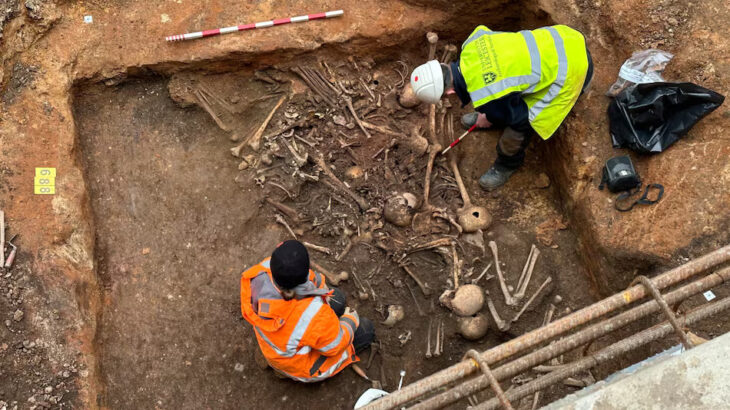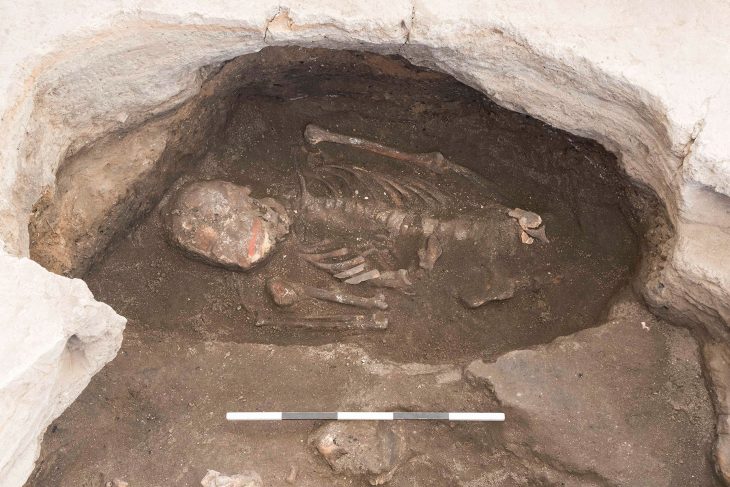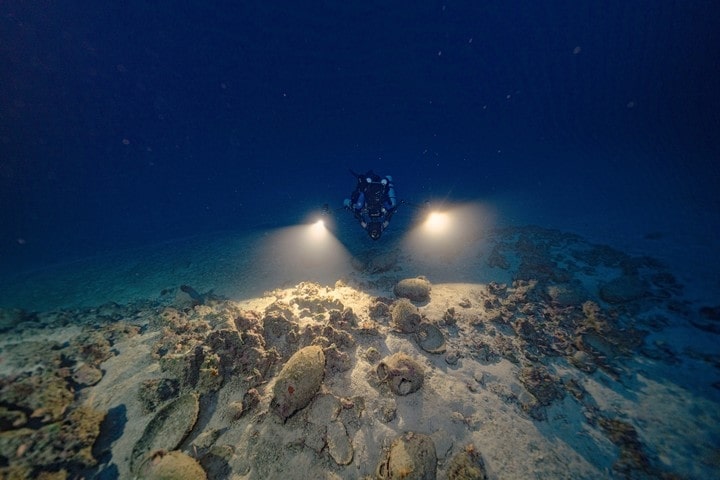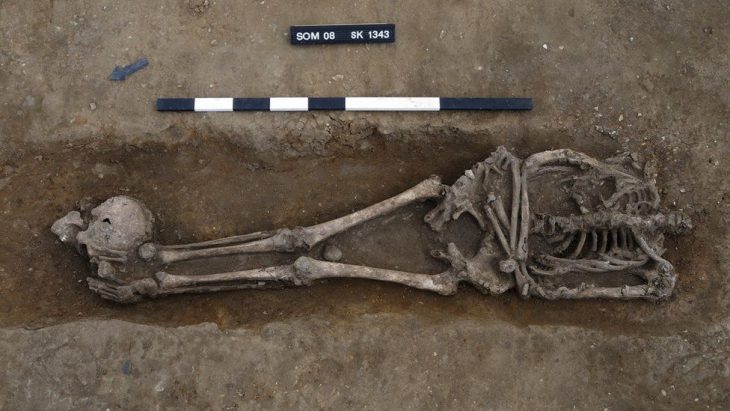Italian-Turkish team of archaeologists led by the University of Pisa unearthed a mysterious circle-shaped structure from the Hittite era at Uşaklı Höyük (Uşaklı Mound), a Hittite settlement in central Turkey.
The find, along with other finds from previous excavation seasons, could help confirm that the site was indeed the ancient sacred city of Zippalanda.
Previous excavations have brought to light important public buildings of the Hittite era, systems of terracing and fortifications dating to the Iron Age, and levels which can be dated to the “late” periods. Six fragments of cuneiform tablets of the Hittite period, a stamp seal impression, and the nature of the public building suggest that the site, already occupied from the end of the 3rd millennium, during the Middle Bronze and Paleo-Hittite phases (18th-16th centuries B.C.).
During this season’s excavations, the team discovered a circle-shaped structure from the Hittite era north of what is most likely the city’s main temple. The construction’s function and purpose are unknown, but Professor Anacleto D’Agostino of the University of Pisa believes it served a ritualistic purpose.
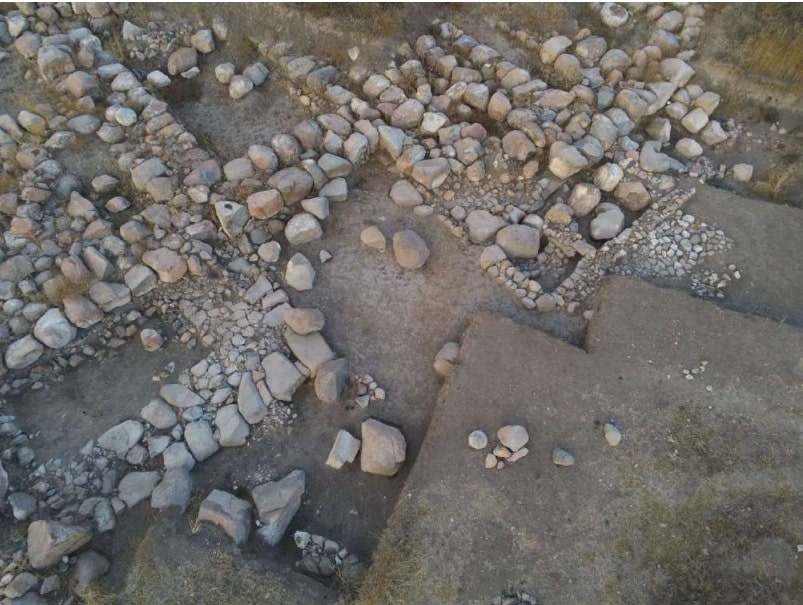
“The structure, together with the other finds discovered over the years, would help to strengthen the identification of Uşaklı with the important Hittite city of Zippalanda, the cult centre of a powerful Storm God, a royal residence, and mentioned in several festivals in which the king took part”, said Professor Anacleto D’Agostino.
One of the ancient Hattic cult centers dedicated to a Hittite weather god, Zippalanda, is described in tablets discovered at Hattusa (the Hittite capital). The tablets describe Zippalanda’s city life, including its festivals and rituals, and they make mention of a temple dedicated to the storm god Ziplantil, Waezzili, Waezzil, or Waezzau.
The Weather god of Zippalanda, originally Hattic, was an important deity for the Hittites. At Zippalanda, he was considered to be the son of Tarḫunna, the ‘Weather god of Heaven’, and the Sun goddess of the Earth.
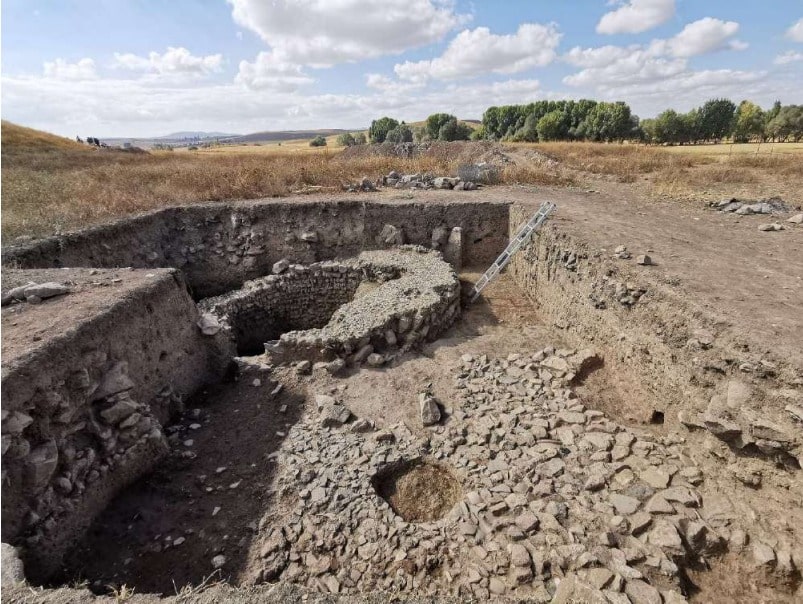
The important finding took place during the 2022 excavation season of the international archaeological mission led by the University of Pisa. Excavations this season have also unearthed the remains of a large terraced wall surrounding the Iron Age fortress and some tombs from late antiquity.
The aim of the research project is to reconstruct the history of this Anatolian town from the initial phase of urbanization to its transformation during the period of formation of major statues during the Bronze and Iron Ages.
One of the most important discoveries of 2021 was made in Uşaklı Mound, which is located within the borders of Büyük Taşlık Village of Sorgun District of Yozgat. Archaeologists have discovered a 3,500-year-old mosaic in Uşaklı Mound that might be one of the world’s oldest.
Excavation report for more information.
Cover photo: Aerial view of Uşaklı Höyük excavations. At the bottom center, the circular structure found during the 2022 excavation campaign is visible. Photo : Emanuele Taccola

